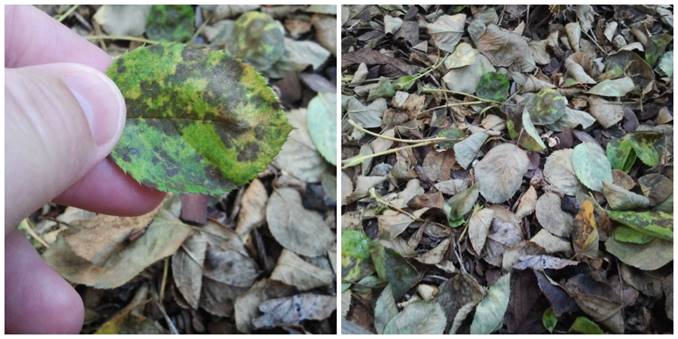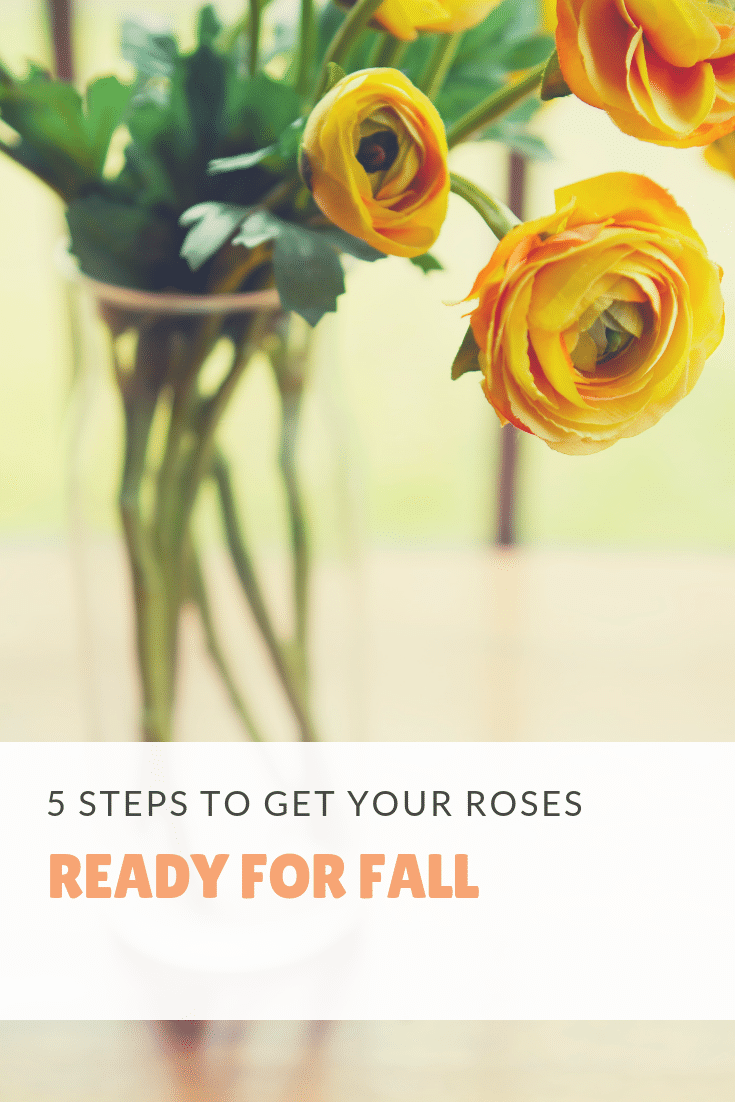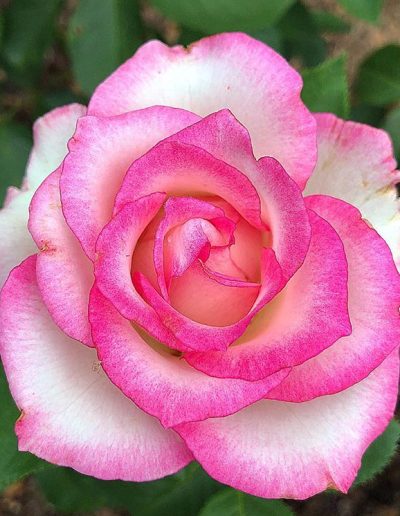
In 2007, he created the Rose Chat Podcast which has reached over a half a million listeners with news and information on growing on growing the world’s most beloved flower, the rose. He was a contributor to the 2015 Southern Living Gardening Book, has appeared on P. Allen Smith’s Garden Home television show and was featured in the June 2015 issue of Southern Living Magazine. Locally, Chris serves as Chairman of the Helena Alabama Beautification Board where he has spearheaded efforts to create a sustainable landscape in one of the top one hundred places to live in the United States. His writing is seen at About.com, in various magazines and on his popular website; RedneckRosarian.com, where he chronicles his gardening adventures and explores an intrinsic mix of life, faith and gardening.
5 Steps to Get Your Roses Ready for Fall
Fungal disease remains in your garden beds until you remove it. Clear garden beds of debris – especially any diseased leaves that may have fallen from your roses. This practice will help curb problems in spring. fungal disease will over winter in your garden and will be there to greet you is you don’t remove it…. Once the temps fall below freezing on a regular basis, you can apply a dormant spray. I use lime sulfur. It will kill fungus on contact. I spray it on the ground and on every inch of the shrub. I have found that this one thing can help you start off the year with a disease free rose bed. Also, never place diseased rose leaves in your compost bin. They should be removed all together from your gardens space.

Check out all the new roses coming out for the next year. In zone 8a, we plant roses in fall. Excellent bargains can be found in many home and garden centers.
The Rose Chat Podcast is a great way to learn about new roses for the year. Listen on the go via iTunes or Stitcher apps FREE! Listen online at RoseChatPodcast.com
These few simple steps will help you create and maintain a beautiful garden space for roses.








